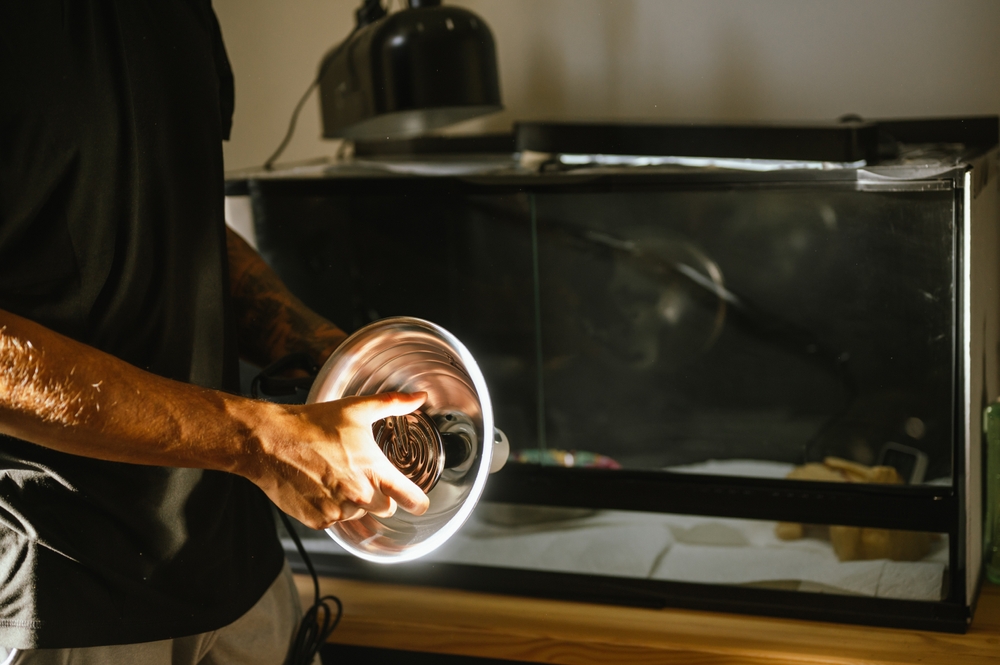Choosing a reptiles’ lighting setup can be confusing. With lots of lighting brands out there, all producing their own iteration of a similar product, understanding the fundamental differences between each type of bulb is crucial in informing a keepers’ choice. Times are changing and so are the “best” reptile lamps…
Choosing a reptile lighting brand
There is no clear-cut “best brand” in the reptile industry, but there are good brands and bad brands. Unfortunately, the good brands are good, and the bad brands (usually unbranded) are seriously problematic. Most specialist reptile stores will only sell good reptile lamps. However, online non-specialist retailers are less selective.
Avoid purchasing an unbranded reptile lamp online, especially if it is significantly cheaper than the most affordable branded option. They can emit harmful radiation.
Today, the leading reptile lighting brands such as ProRep, ExoTerra, Reptile Systems and several others all offer products of similar quality. Some bulbs offer increased longevity, others offer a more natural light spectrum, some a more powerful at longer distances and some are more energy efficient.
Spot bulbs and basking spots
The most popular reptile lamp is the “spot” lamp, commonly referred to as basking lamps. They have a built-in reflector to concentrate heat and light in one direction, this is great for achieving a heated basking area.
A spot lamp does not emit the same light as the sun and should never be the only source of light. Instead, they should be used as a heat source for diurnal species. They provide strong infra-red heat range at an affordable price.
Spot bulbs produce an insignificant amount of UVA and no UVB.
Some spot bulbs use frosted glass. These are sometimes called “diffused lamps.” They have a coating on the inside of the reptile lamp envelope which scatters light to create an even and harmonious distribution of light. A frosted reptile lamp cultivates a more even and softer light whilst also preventing the likelihood of a higher spot of heat in one location.
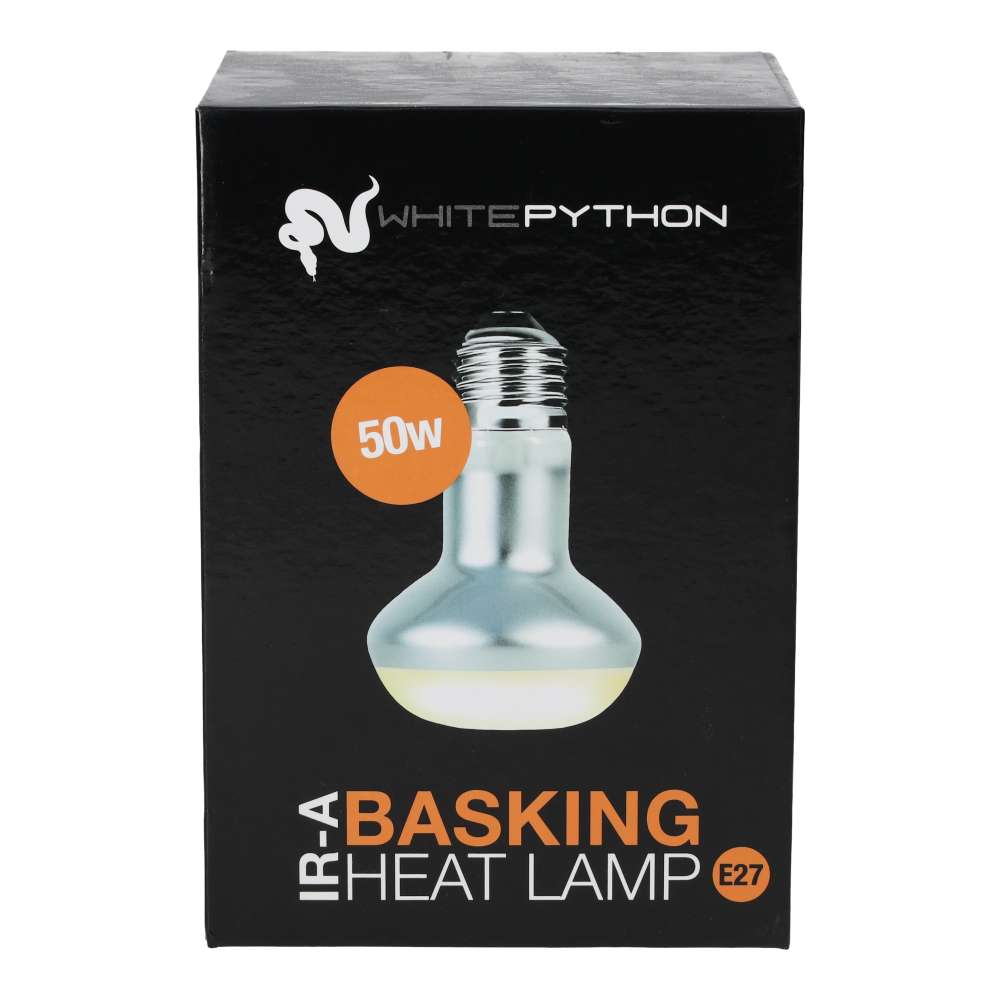
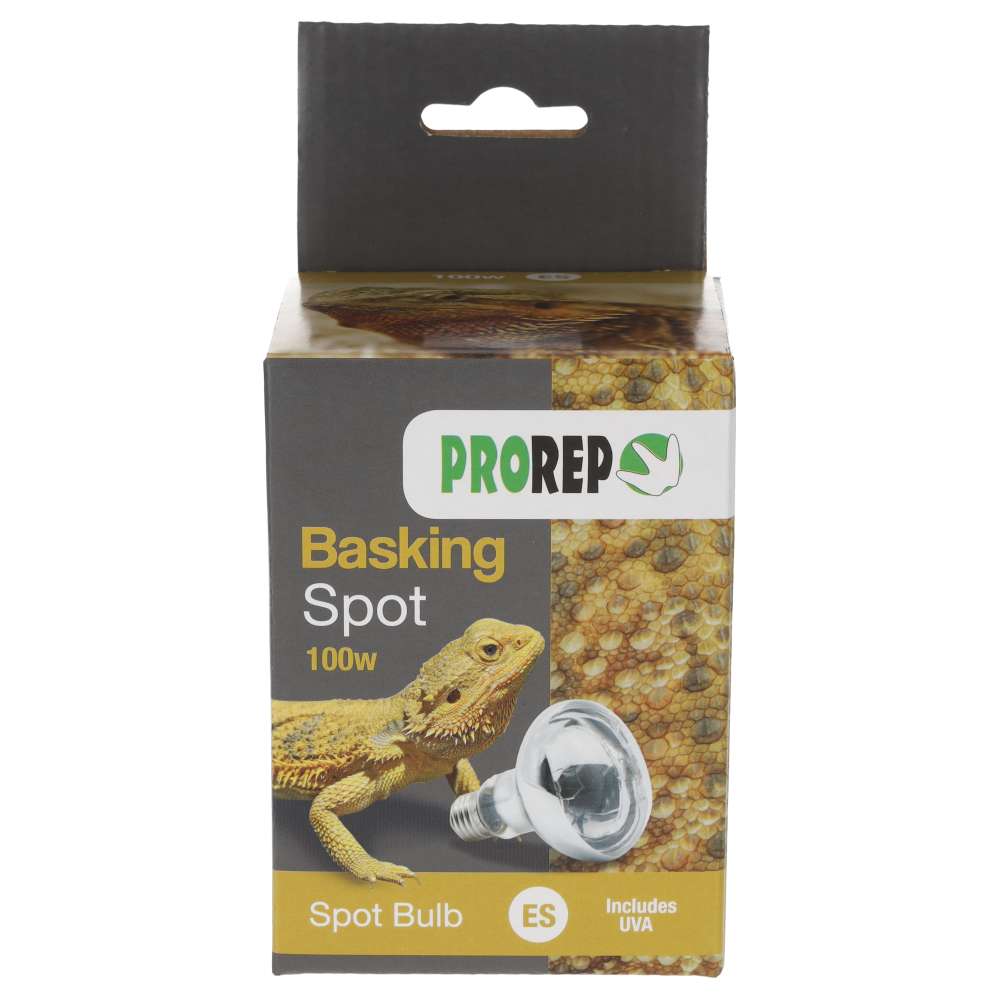
LED lights
Light Emitting Diodes (LED) are a popular source of visible light across a wide spectrum of products from a wide range of industries. People use LED’s for all sorts of things from alarm clocks to dashboards and Christmas decorations to camera flashes. They are particularly useful for plant growth and increasing the “brightness” of a reptile’s enclosure. However, they typically do not produce any UV or (beneficial) IR, so “what you see is what you get” with LEDs.
LED “Flood” : An LED flood can be one of 2 things, either a wide angled light source powered by LED, or in some cases, an LED chip set that has a layer of diffusion between the LED chips that will scatter the light to even out the light distribution. A true flood will be the former, but marketing will try to highlight the difference between a normal lamp and a diffused lamp by calling a diffused a “flood”. Typically, “flood” bulbs have been created to offer a wider and more even distribution of light. LED ‘spots’ on the other hand, resemble basking lamps in shape but will only emit light through the LED and no heat. They are great for illuminating a certain feature or providing light to small areas.
Screw-in LED: This will refer to the connector for the lamp and will mean an Edison screw connector, and in almost every case it will be an E27 (27mm) screw thread.
LED Panel: This will be an LED light source that has several strips of LEDs to form a square or rectangular light source. LED “strips” are single sets of Light Emitting Diodes (LED) and are also available to provide high levels of visible light in a comparatively small unit.
LED/UVB combined: Lamps that have visual light emitting diodes and some specialist UVB and UVA light emitting diodes. These are very narrow bands of UVB and UVA. Whilst these are becoming more and more popular, they are still only just emerging in the hobby and should only be acquired with strong research and from reputable brands. If done incorrectly, they can cause serious harm not only to the reptile, but the keeper as well.
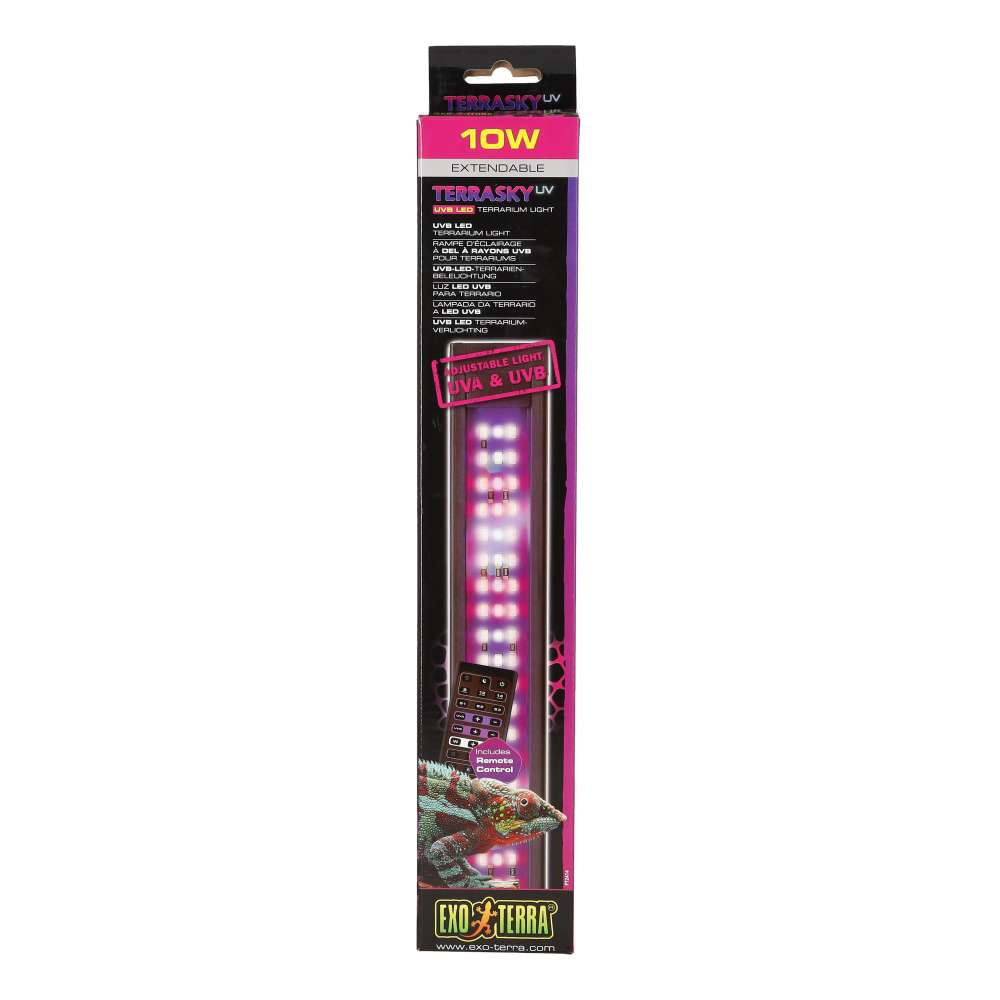
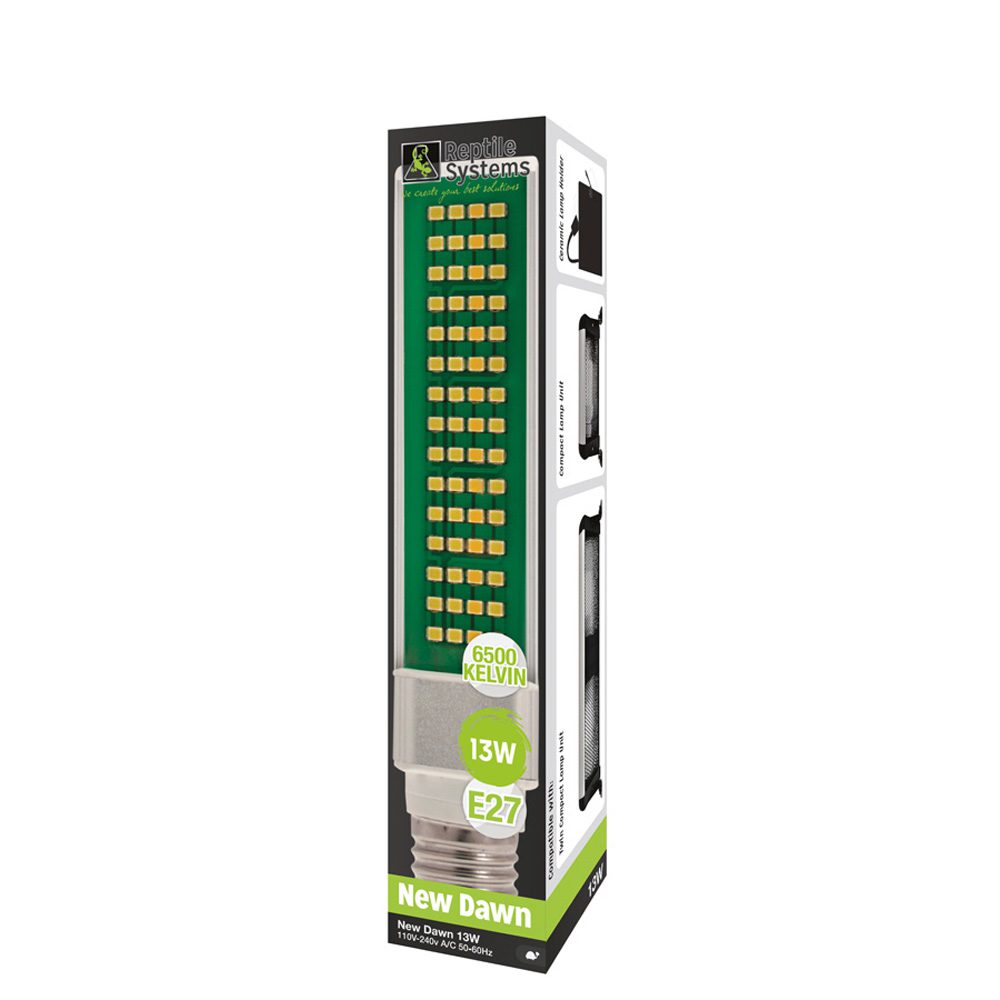
Mercury Vapor Lamps
UV mercury vapor lamps are specialized lamps that emit ultraviolet (UV) light by using mercury vapor as the medium to produce light. UV mercury vapor lamps for reptiles are specialized lighting solutions designed to mimic natural sunlight by providing ultraviolet (UV) light that is crucial for the health and well-being of reptiles in captivity. These lamps emit a broad spectrum of light, including visible light, UVA, UVB, and heat, all of which are important for reptiles.
Mercury vapor lamps can get very hot, so the proper distance between the lamp and the reptile is critical to avoid burns or overheating. Follow the manufacturer’s guidelines on the minimum distance. It is also worth noting that UVB regulation and temperature may not be harmonized with these lamps and can potentially lead to overheating if the required UV is not met, or over exposure to UV if the temperature is not high enough (although unlikely).
Over time, the UVB output of a MV diminishes, even though the visible light may still appear strong. It’s important to monitor UVB levels with a UV meter and replace the lamp when necessary (usually around 6–12 months depending on the lamp’s rating).
This reptile lamp typically requires a ceramic socket due to the high heat it generates, and should not be used in enclosed fixtures, as they need adequate ventilation. They cannot be controlled by a dimming thermostat, making it difficult to maintain a safe temperature in an enclosure.
Only reputable brands must be used. A poor quality reptile lamp is dangerous to reptiles and their keepers due to the potential for UVC and shorshort-wavet wave UVB being expressed from the lamp.
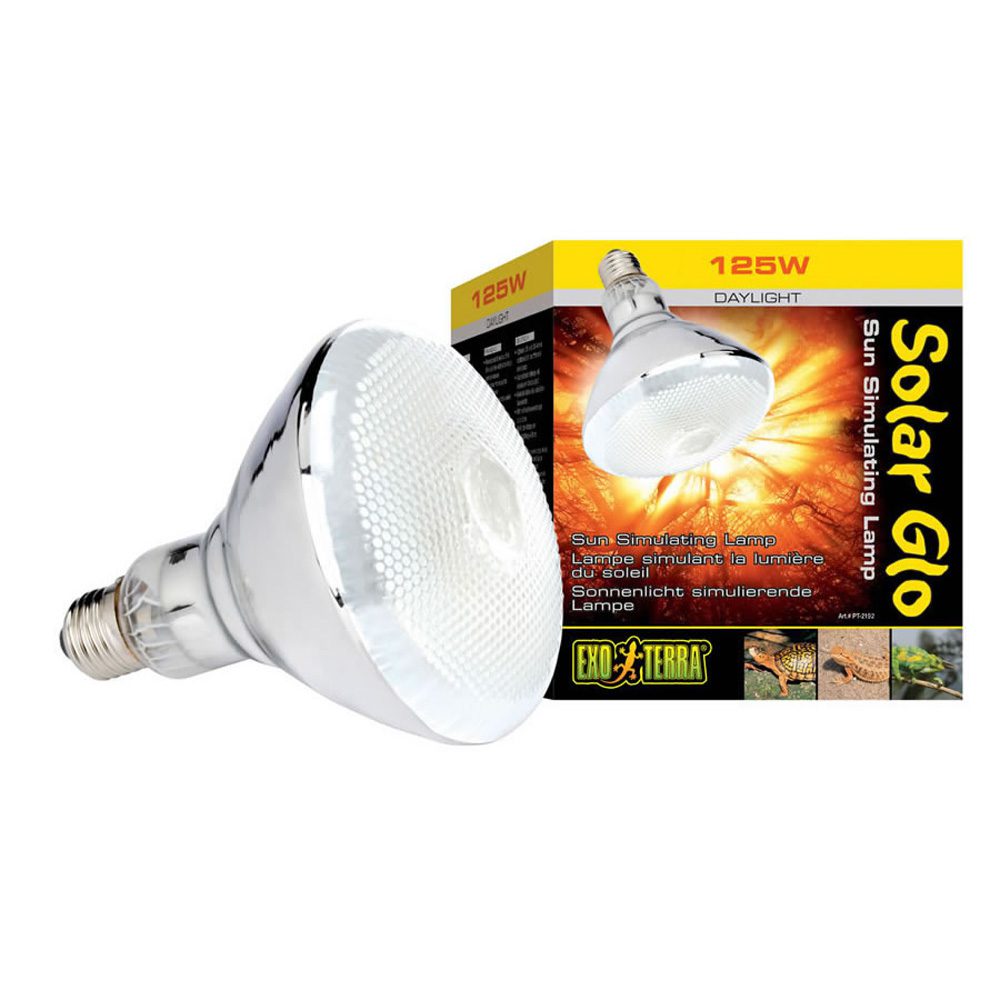
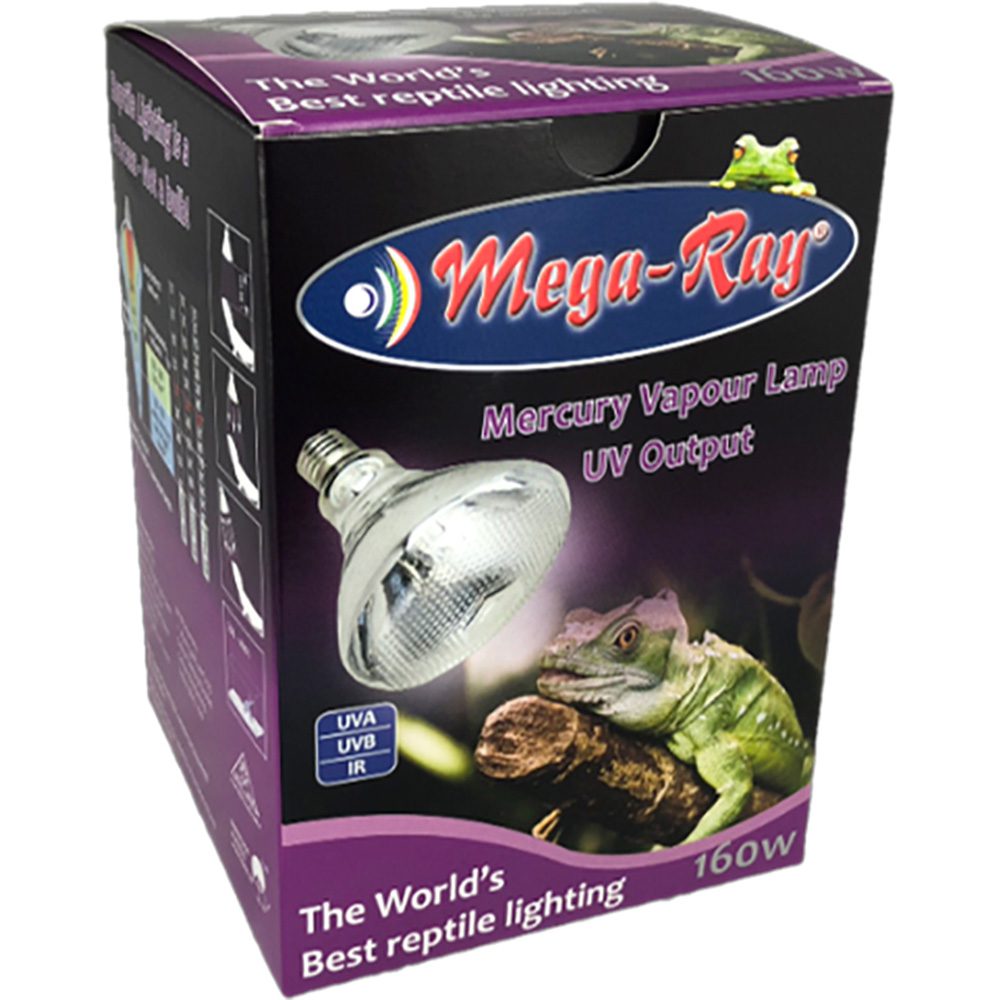
Compact Bulbs
A compact UV reptile lamp is handy to use in a small vivariums, however due to the nature of the glass being coiled, they can give unpredictable UV output and can be dangerous. This reptile lamp should be positioned facing downwards to provide a more balanced UV expression. Only reputable brands should be used. These come in E27 fittings.
Metal Hallide Bulbs
Metal halide lamps are specialised lighting systems that provide a high-intensity light source with significant ultraviolet (UV) output, particularly in the UVA and UVB spectrum. These lamps are used in reptile enclosures to simulate natural sunlight.
Metal halide lamps produce light that closely mimics natural sunlight, offering a balanced combination of UVA, UVB, visible light, and heat. This helps reptiles maintain natural behaviors and physiological processes.
These lamps emit a bright, intense light, making them ideal for species that thrive under intense sunlight, such as bearded dragons, tortoises, and desert-dwelling lizards. Bright visible light is also important for reptile activity levels and psychological health. The light emitted can be great for some plants also.
These lamps also create a lot of heat, so they can be used as an ‘all in one’ solution for some desert reptiles. However, they get very hot, are quite expesnive and cannot be used with a thermostat. This makes them perfect for zoo collections with round-the-clock keepers, but less suitable for the typical pet keeper.
UVB Tubes
T5: The most popular UVB lamps in the market at the moment. These are more efficient than T8 lamps and provide much stronger UVB. “T5” refers to 5/8th of an inch (16mm) diameter of the tube. They are more economical from a power to light ratio than a T8 lamp as the energy is condensed into a smaller area. This results in a higher lumen to watt ratio.
T8: These lamps were the original UVB lamps in the market and were developed from lamps used in the tanning salons. The T8 refers to imperial measurement of 8/8th of an inch (25mm), or an inch in diameter. This reptile lamp is losing popularity for its “flickering” effect that does not occur in the T5’s.
T5 and T8 lamps need specialist ballasts to run them. They do not provide heat and cannot be controlled with a thermostat. However, when used in combination with a spot bulb, they are ideal for most enclosure setups. UV output will diminish over time so UVB needs to be checked every 6 months to ensure adequate levels are still being offered. T8 lamps need specialist ballast to fire them up. They do not provide heat and cannot be controlled with a thermostat.
Coloured bulbs
Coloured bulbs are not recommended! Red lamps are still sold under the pretense that “animals can’t see red light” and are therefore used at night to provide extra heat. This is not true for reptiles. This reptile lamp is unfit for purpose. Other coloured lamps are not recommended, they offer nothing of use to a reptile from a visual perspective and only offer heat.
